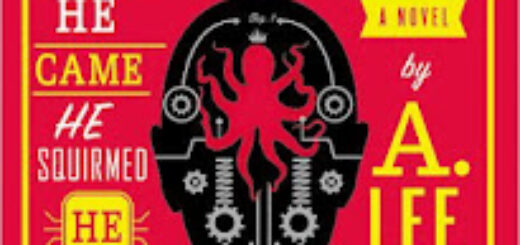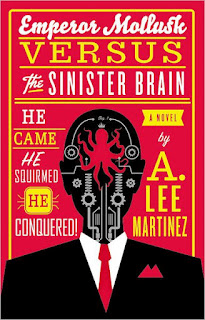Read Every Issue of Starlog for Free
 The complete run of Starlog magazine has been scanned and made available over at archive.org. For those unfamiliar with the publication, it began life as a one-shot magazine about Star Trek. After art directors Kerry O’Quinn and Norman Jacobs were left high and dry by the publisher, they took all the existing material and decided to turn it into a magazine celebrating all science fiction on television and film. O’Quinn reached out to his friend David Houston to edit the new publication, dubbed Starlog and it debuted in the first half of 1976.
The complete run of Starlog magazine has been scanned and made available over at archive.org. For those unfamiliar with the publication, it began life as a one-shot magazine about Star Trek. After art directors Kerry O’Quinn and Norman Jacobs were left high and dry by the publisher, they took all the existing material and decided to turn it into a magazine celebrating all science fiction on television and film. O’Quinn reached out to his friend David Houston to edit the new publication, dubbed Starlog and it debuted in the first half of 1976.
At the time, other publications covering the field appeared infrequently or failed to gain newsstand distribution in sufficient numbers to thrive. These included The Monster Times, Castle of Frankenstein, and Cinefantastique. Covering only aspects of science fiction was Warren Publications’ Famous Monsters of Filmland so there was a niche to be filled.
Starlog’s approach was to mix episode guides with news and features, interviews and columns covering books to conventions. Houston set the tone and handed off the reins to Howard Zimmerman as sales figures showed increases so the mag went quickly to a monthly schedule. As a result, there was an audience in place a year later when 2th Century Fox’s latest offering, Star Wars, opened in May 1977. The issue sold out and the magazine’s place in the hearts and minds of fans was cemented.
Much as Star Wars ignited a new round of SF on film and the small screen, Starlog’s arrival signaled a new round of magazines, both domestic and international, to cover the genre. Over the course of its life, Starlog presented fans with their first looks at upcoming events and studios used it to tease fans. As a result, they were the first to have images from Paramount Pictures’ first Star Trek feature film and again were the first show off designs for the Enterprise-D.
Its success led to other titles such as Cinemagic for budding filmmakers and Future Life for those who liked hard science with their daily dose of fiction. The most successful of the new launches was 1979’s arrival of Fangoria which dared to go deeper in its coverage of horror and gore than FMOM. They were the first nationally distributed newsstand title to cover comic books, comic strips, and animation with Comics Scene. Starlog Press also developed a thriving back issue and mail order business along with guidebooks and other one-shots.
The company became a launching pad for many writers and artists as Ed Naha went to Hollywood where he cowrote Honey, I Shrunk the Kids; and DC Comics became the next destination for editors Robert Greenberger, Eddie Berganza, Mike McAvennie, and Maureen McTigue.
After Zimmerman stepped down as editor, Dave McDonnell, who joined staff in 1983, took over and ran with the title through good times and bad until the company was sold off and the print edition shut down. He gamely ran a web-based version of the title until that too was closed. The digital archive is a treasure trove of things that never were, columnists whose opinions stirred up sharp debate, and ran deep interviews that went beyond the basics. It never evolved with changing times and technology thanks to short-sighted business decisions so spinoffs such as a radio program, retail store chain, and branded direct-to-video films died aborning.
The magazine ha been rediscovered by fans through John ZIpper’s Weimar World Service which recently did an issue by issue blog.



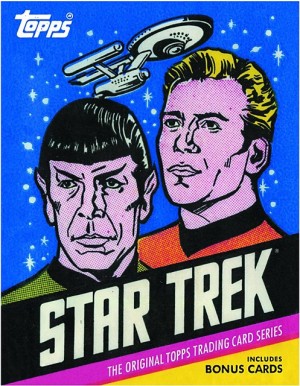
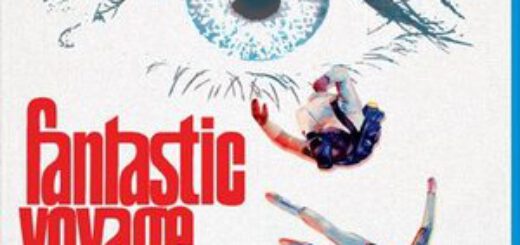
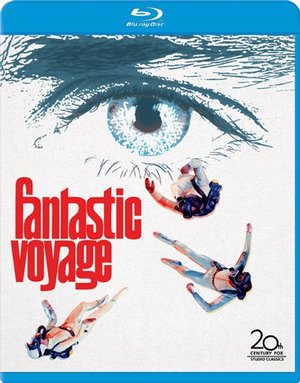
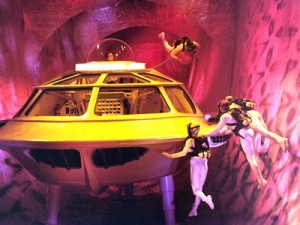



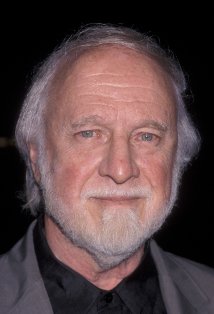



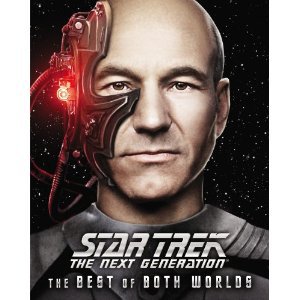
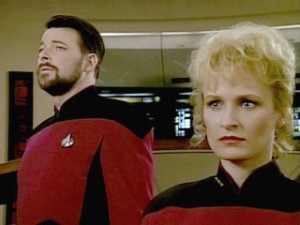
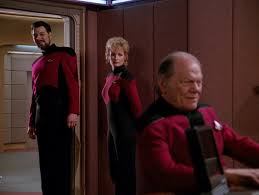
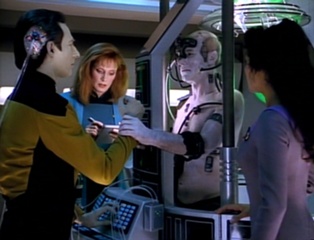
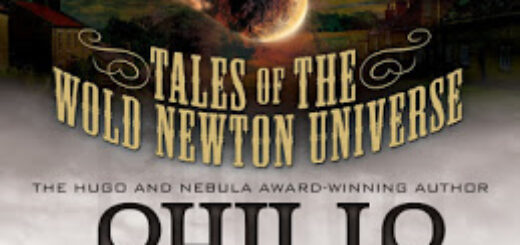
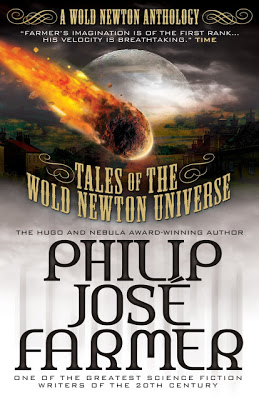

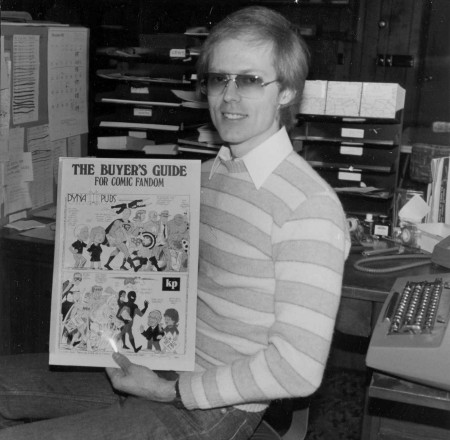 In the early days of comic book fandom, it took its cues from science fiction fandom since there was quite a bit of overlap. The early SF zines included names and addresses so as others began publishing, they knew where to find eager subscribers. The first pure comics zine, Richard Lupoff’s Xero, didn’t arrive until 1960 but it merely ignited a new wave of comics-only zines. By the time I discovered fanzines or 1960 or 1970, you sent some money and/or some stamps and they sent you a zine.
In the early days of comic book fandom, it took its cues from science fiction fandom since there was quite a bit of overlap. The early SF zines included names and addresses so as others began publishing, they knew where to find eager subscribers. The first pure comics zine, Richard Lupoff’s Xero, didn’t arrive until 1960 but it merely ignited a new wave of comics-only zines. By the time I discovered fanzines or 1960 or 1970, you sent some money and/or some stamps and they sent you a zine.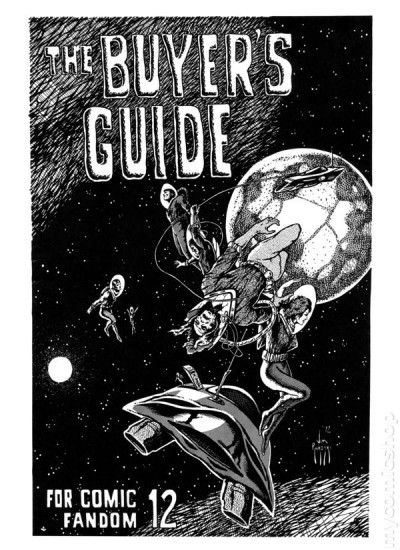 TBG offered us exclusive news and interviews with gorgeous original cover artwork. It broke news and ran pictures from conventions around the country. Flipping through the back issues would be like sifting through a time capsule of the industry. Companies retrenched and crumbled, others rose and fell in a blink of an eye. While credited with inventing the direct sales market in t1975 or so, Phil Seuling didn’t start advertising for his own Sea Gate Distribution until 1977, a significant step in the evolution of the importance the comics shops would become.
TBG offered us exclusive news and interviews with gorgeous original cover artwork. It broke news and ran pictures from conventions around the country. Flipping through the back issues would be like sifting through a time capsule of the industry. Companies retrenched and crumbled, others rose and fell in a blink of an eye. While credited with inventing the direct sales market in t1975 or so, Phil Seuling didn’t start advertising for his own Sea Gate Distribution until 1977, a significant step in the evolution of the importance the comics shops would become.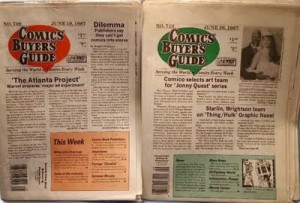 Yronwode left but other columnists came including Tony Isabella and Bo Ingersoll while Peter David’s But I Digress joined the roster in 1990. Tony and Peter have been contributing ever since, without fail, their pieces always entertaining.
Yronwode left but other columnists came including Tony Isabella and Bo Ingersoll while Peter David’s But I Digress joined the roster in 1990. Tony and Peter have been contributing ever since, without fail, their pieces always entertaining. Today, it was announced that issue #1699, out in March, will be the final issue. You would think they would go out in grand style with #1700 but Krause management never seemed to appreciate the quirky world it inherited when it bought Light’s dreamchild.
Today, it was announced that issue #1699, out in March, will be the final issue. You would think they would go out in grand style with #1700 but Krause management never seemed to appreciate the quirky world it inherited when it bought Light’s dreamchild.